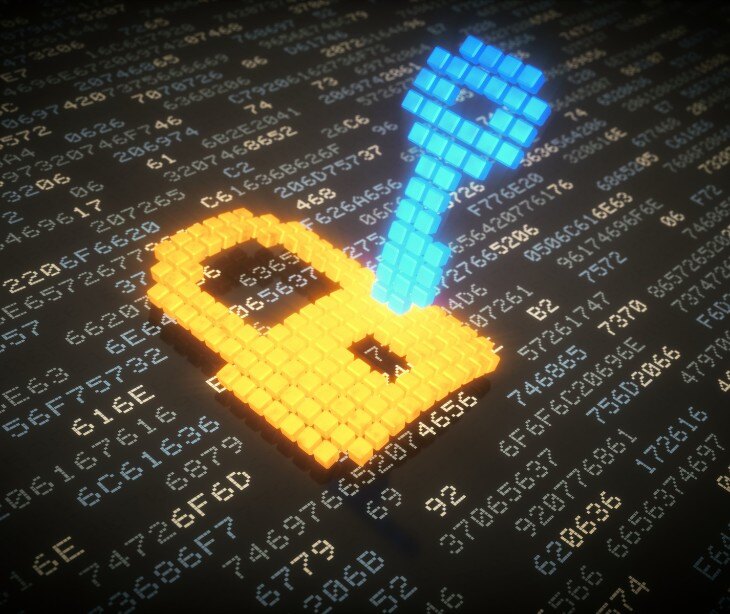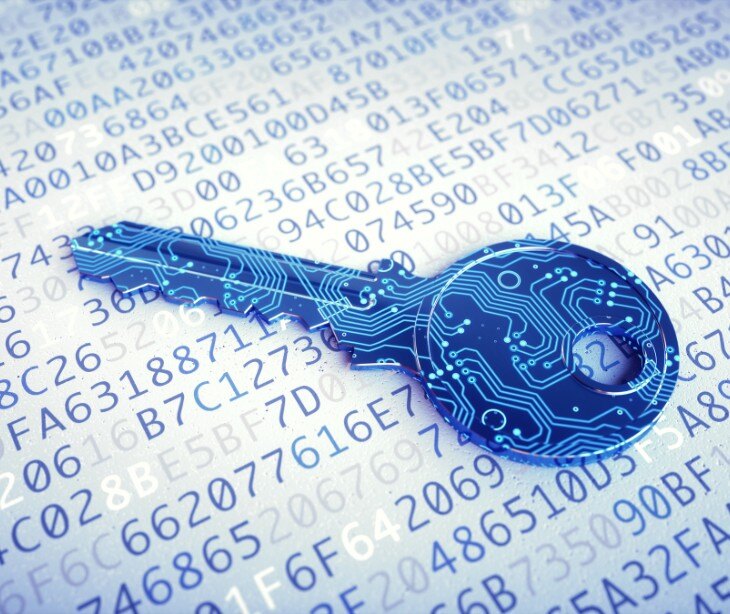
When medical histories, prescriptions, and treatment plans are stored in a tamper-proof manner, clinicians can make informed decisions based on complete and trustworthy information. This reduces the likelihood of medical errors, especially when using HIPAA compliant platforms.
Understanding tamper-proof data management
Tamper-proof data management is the systems and technology designed to prevent unauthorized data alterations. According to The World Bank, “Ensuring that personal data are only accessed by authorized users—and for authorized purposes—requires some method of tracking transactions and who has accessed the data and when. Automatic, tamper-proof logging of transactions involving identity data is a best-practice method for enabling both institutional and personal oversight of how these data are being used.” In healthcare, it assists in meeting the requirement by HIPAA to protect patient information against unauthorized access to protected health information (PHI).
Its application is achieved through several mechanisms, including:
- Blockchain technology is a decentralized system that ensures that patient data is stored in an immutable format, making it nearly impossible to alter records without detection.
- Data encryption protects sensitive information from unauthorized access and ensures that even if data is intercepted, it remains unreadable.
- A digital signature is a mechanism that verifies the authenticity of data and ensures that any changes made to the data can be tracked, providing a clear audit trail.
How to choose the right tamper-proof data management solution in healthcare
- Ensure that any solution you consider complies with HIPAA.
- Look for solutions that offer strong encryption for data at rest and in transit.
- Implement role-based access controls (RBAC) to restrict access to sensitive information based on user roles.
- Choose solutions that provide tamper-evident features, such as digital signatures or blockchain technology.
- The solution should have an intuitive interface that healthcare staff can easily navigate.
- Evaluate how well the solution integrates with existing systems, such as electronic health records (EHR) or practice management software.
- Research the vendor's track record in the healthcare industry. Look for testimonials or case studies that demonstrate their expertise in implementing tamper-proof solutions.
Paubox, the tamper-proof solution
At its core, Paubox employs encryption protocols that secure emails containing PHI, making it nearly impossible for unauthorized parties to access or alter the data during transmission. The encryption acts as a tamper-proof mechanism, as any attempt to modify the content would render it unreadable.
The HIPAA compliant email platform's digital signature functionality improves its tamper-proof capabilities by providing a means to verify the sender's authenticity and the email's content. Digital signatures ensure that recipients can confirm that the email has not been altered since it was sent.
FAQs
How can blockchain improve data security in healthcare?
Blockchain enhances data security by encrypting patient information and storing it in a tamper-proof format, which prevents unauthorized access.
What are the main benefits of using blockchain in healthcare?
- Enhanced data interoperability
- Improved patient control
- Streamlined processes
What are some practical use cases of blockchain in healthcare?
- Electronic Health Records (EHRs)
- Supply chain management
- Clinical trials




